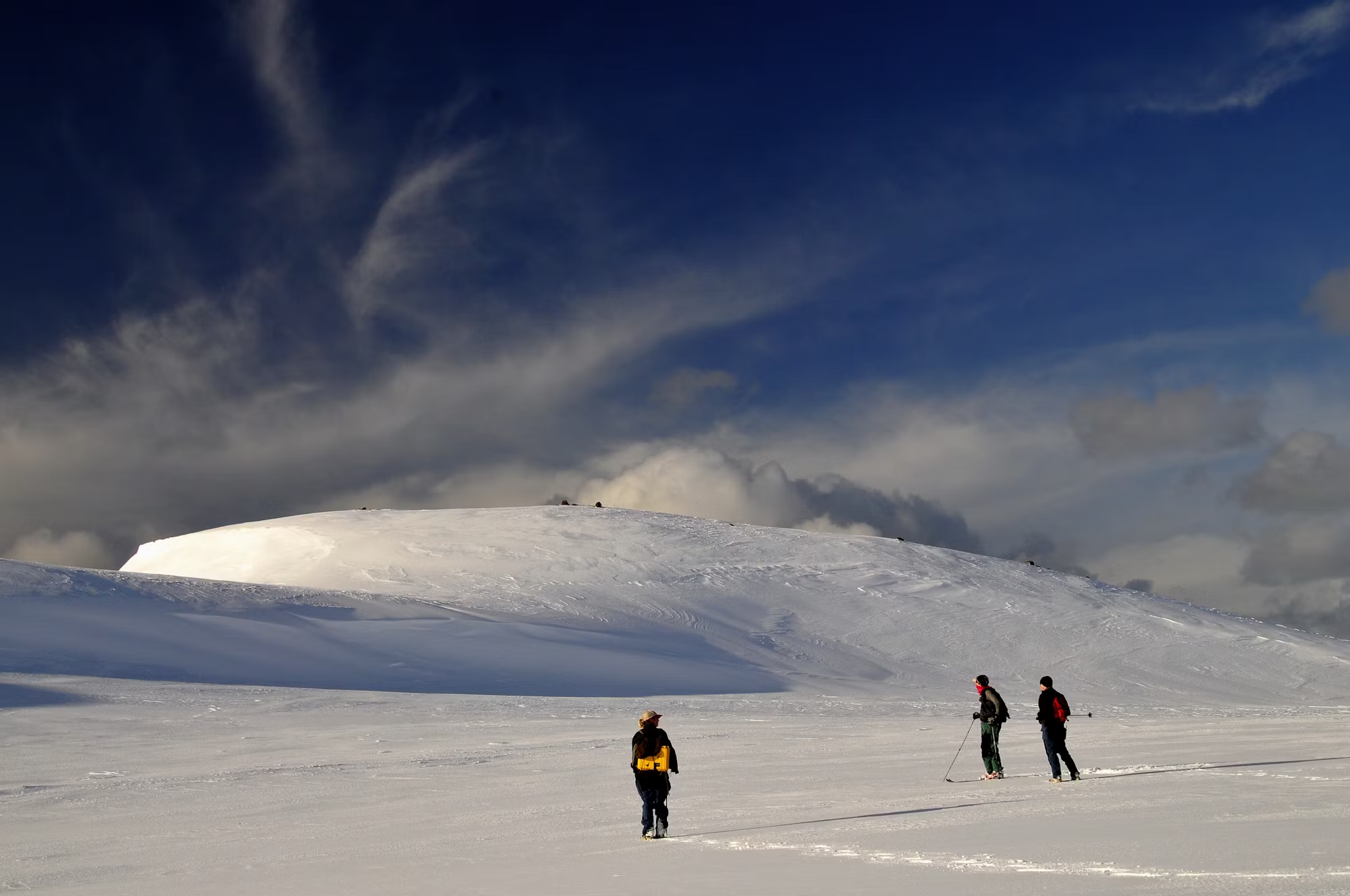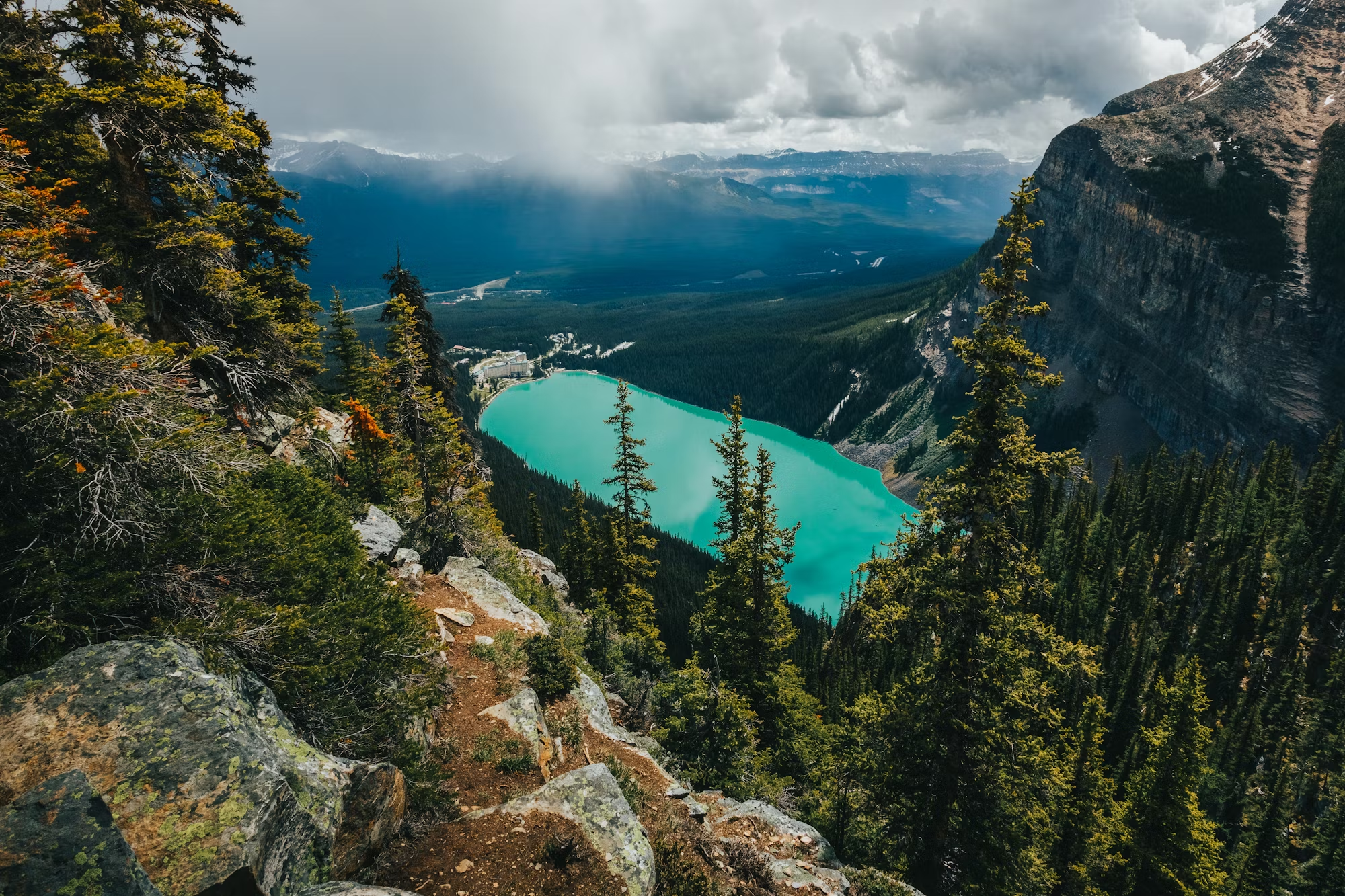Backpacking is an exhilarating way to explore the great outdoors, allowing you to immerse yourself in nature over several days. Unlike day hiking, which involves shorter treks, backpacking requires you to carry all your essential gear, including food, shelter, and clothing, making it both a rewarding and challenging experience. In this article, we will discuss the fundamentals of backpacking, from preparation and gear to safety tips and popular trails to consider for your next adventure.
The Joys of Backpacking
Backpacking offers unique benefits that set it apart from other forms of hiking. It allows you to venture deep into nature, away from crowded day-use areas, and experience the serenity of remote landscapes. Spending nights under the stars, cooking meals over a campfire, and waking up to the sounds of nature creates unforgettable memories. Additionally, backpacking challenges your physical endurance and mental resilience, providing a profound sense of accomplishment.
Preparing for Your Backpacking Trip
Preparation is crucial for a successful backpacking trip. Here are key steps to help you get ready:
1. Choose Your Destination: Research various backpacking trails to find one that matches your skill level and interests. Consider factors such as terrain, distance, and available water sources. Online forums and hiking websites often provide valuable insights from other backpackers.
2. Plan Your Route: After selecting a trail, create a detailed itinerary that includes daily hiking distances, planned campsites, and estimated travel times. Be flexible in your planning, as weather conditions and trail conditions can change.
3. Obtain Necessary Permits: Many popular backpacking routes require permits for camping. Be sure to check the regulations for your chosen trail and secure the necessary permits well in advance to avoid any issues.
4. Train and Prepare Physically: Backpacking can be physically demanding, so it’s essential to prepare your body. Engage in regular cardiovascular and strength training exercises leading up to your trip. Practice hiking with a loaded backpack to build endurance and strength.
Essential Gear for Backpacking
Selecting the right gear is vital for a comfortable and enjoyable backpacking experience. Here’s a list of essentials:
1. Backpack: Choose a lightweight backpack with adequate capacity for your trip duration. Look for features like adjustable straps, ventilation, and multiple compartments to keep your gear organized.
2. Tent or Shelter: A lightweight, waterproof tent or tarp will provide essential protection from the elements. Ensure it’s easy to set up and fits your group size comfortably.
3. Sleeping System: A quality sleeping bag suitable for the season, combined with a sleeping pad for insulation and comfort, will ensure a good night’s sleep. Opt for lightweight materials to minimize your pack weight.
4. Cooking Gear: A compact camp stove, fuel, and cooking utensils are necessary for preparing meals. Consider a multi-functional tool that can serve various purposes in the kitchen.
5. Food and Snacks: Plan your meals in advance, focusing on lightweight, high-calorie foods. Freeze-dried meals, nuts, energy bars, and dried fruits are excellent options for sustaining energy on the trail.
6. Water Filtration System: Carry a reliable water filter or purification tablets to ensure you have access to safe drinking water throughout your journey.
7. Clothing: Dress in moisture-wicking and quick-drying layers. Choose clothing that can easily be layered to adapt to changing weather conditions. Don’t forget a hat, sunglasses, and extra pairs of socks.
8. First Aid Kit: A comprehensive first aid kit should include bandages, antiseptic wipes, blister treatment, and any personal medications you may need.
9. Navigation Tools: A map, compass, and GPS device are essential for staying on track. Familiarize yourself with your route and landmarks before setting out.
10. Emergency Gear: Carry a whistle, multi-tool, and emergency blanket. These items can be crucial in case of unexpected situations.
Safety Considerations for Backpacking
Safety is paramount when embarking on a multi-day backpacking trip. Keep these tips in mind:
– Hike with a Partner: Whenever possible, hike with a companion. This enhances safety and allows for shared experiences and support on the trail.
– Stay on Designated Trails: Following established trails helps preserve the environment and reduces the risk of getting lost.
– Check the Weather: Keep an eye on the weather forecast before and during your trip. Be prepared to adjust your plans if conditions worsen.
– Wildlife Awareness: Be aware of your surroundings and know how to react to wildlife encounters. Store food securely and maintain a safe distance from animals.
– Know Your Limits: Understand your physical capabilities and choose routes that match your skill level. Don’t hesitate to turn back if conditions become too challenging.
Popular Backpacking Trails
Exploring well-known backpacking trails can enhance your experience. Here are a few notable destinations:
1. Pacific Crest Trail, California/Oregon/Washington: Stretching over 2,650 miles, the Pacific Crest Trail traverses stunning landscapes, including deserts, mountains, and forests. Hikers can choose to tackle sections of the trail based on their skill level.
2. Appalachian Trail, Eastern United States: The Appalachian Trail spans approximately 2,200 miles from Georgia to Maine. It offers a variety of hiking experiences and is famous for its lush forests and beautiful vistas.
3. John Muir Trail, California: This 211-mile trail showcases the beauty of the Sierra Nevada mountains, including iconic landmarks such as Yosemite Valley and Mount Whitney. The scenery is breathtaking, making it a favorite among backpackers.
4. Zion National Park, Utah: For those seeking stunning canyons and rock formations, the Zion National Park backcountry offers numerous trails that provide breathtaking views and unique landscapes.
5. Torres del Paine Circuit, Chile: This multi-day trek in Patagonia features dramatic mountains, glaciers, and pristine lakes. The Torres del Paine Circuit is renowned for its incredible scenery and diverse wildlife.
Conclusion
Backpacking opens the door to unforgettable adventures in the great outdoors. With proper preparation, the right gear, and a focus on safety, you can create lasting memories while exploring some of nature’s most beautiful landscapes. As you embark on your next multi-day hiking journey, remember to embrace the challenges and joys of the trail, knowing that every step brings you closer to nature and yourself. So pack your backpack, lace up your hiking boots, and get ready for an adventure that will inspire you for years to come.


